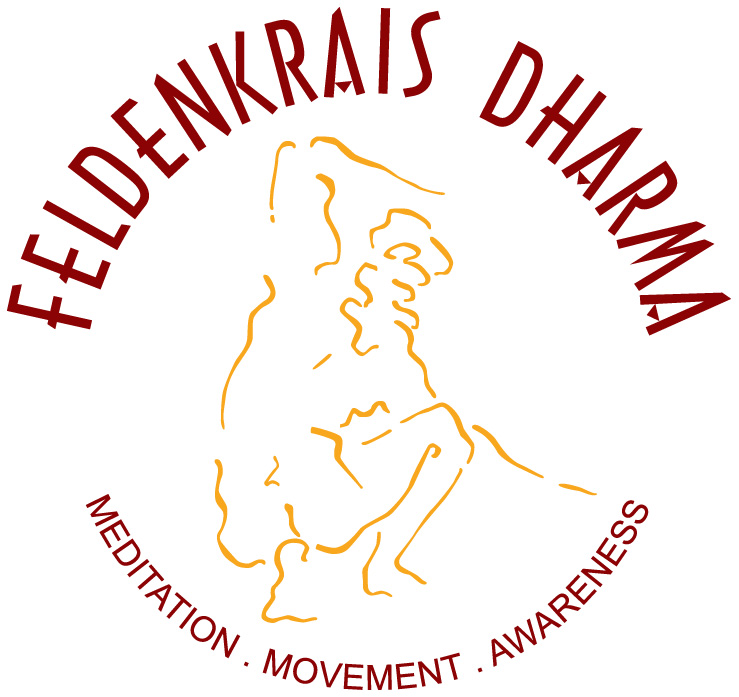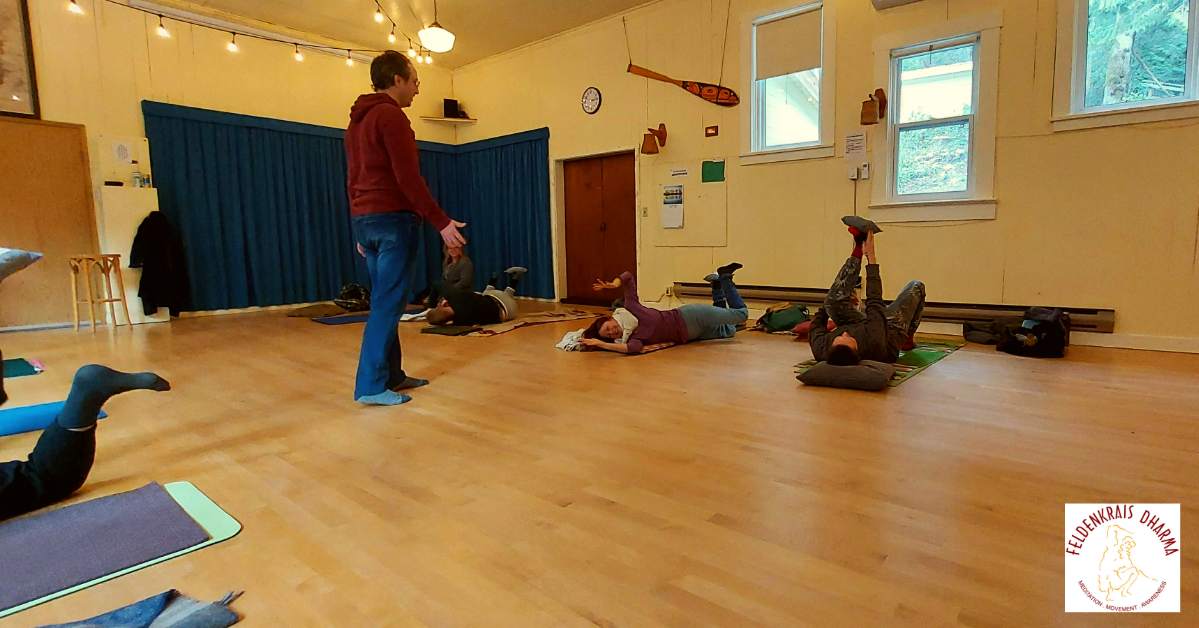For newcomers to Feldenkrais who are curious about how I integrate it with my background in meditation, here’s my perspective:
In its most straightforward form, Feldenkrais is about developing attention to movement. Of course there is more then one way to teach Feldenkrais, in some ways I am suggesting that there are as many ways to teach Feldenkrais as there are certified teachers of the method.
The representation of meditation in general oversimplifies its practice. There’s a common misconception that all it entails is sitting quietly with closed eyes. However, anyone who has tried this for more than a few minutes knows it’s far from easy. The tranquility or stillness that seems within reach is actually quite distant. In truth, with prolonged practice, you become increasingly aware of the constant stream of thoughts, perceptions, emotions, and other distractions we typically try to suppress.
Nevertheless, my preference is to instruct Feldenkrais from a meditative perspective, repeatedly guiding students’ attention back to curiosity, fostering a more profound attentiveness to physical sensations. This approach aligns with Buddhist principles, as we initially focus on the body formations and gradually explore emotional qualities, mental phenomena, and mental atmospheres. And, for the sake of risking the oversimplification of Buddhism I am motivated to mention that there sooo much more to Buddhist practise and unfoldment then paying attention to sensations.
In my attempt to integrate Feldenkrais with meditation, I aim to assist those who acknowledge this challenge – individuals who are honest about the persistent chatter of their thoughts during meditation and the fact that it is not so simple to do.
Through slow, precise, guided movements, my goal is to help quiet the mind and lessen, or maybe perhaps eliminate soreness and pain. This intention underpins my teaching philosophy, and over the years, many students have confirmed its effectiveness, not just based on my anecdotal experiences but through their own observations as well.

